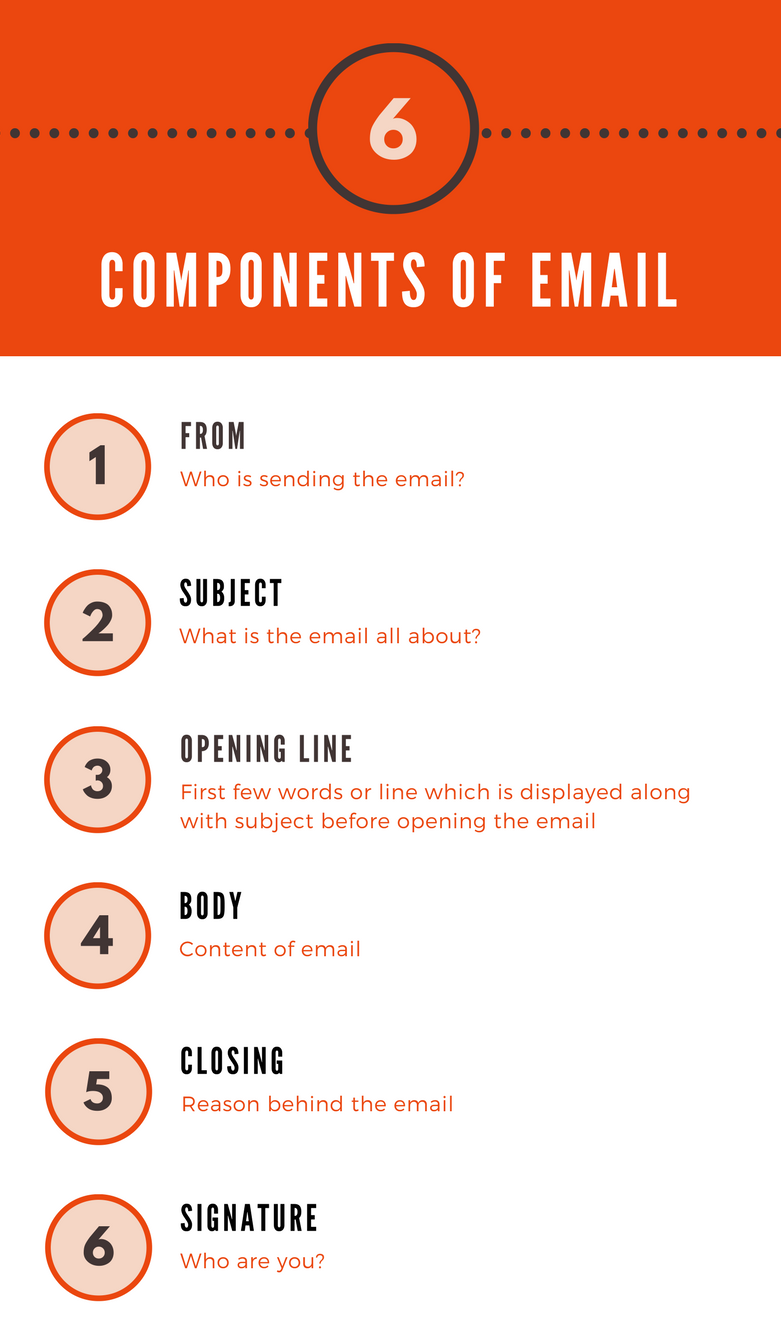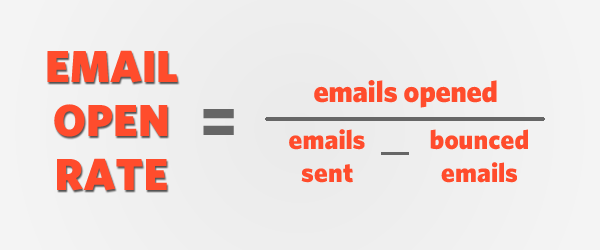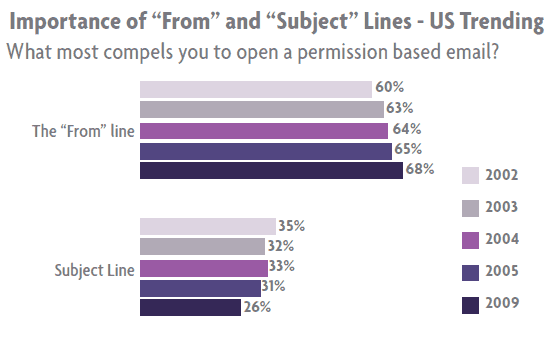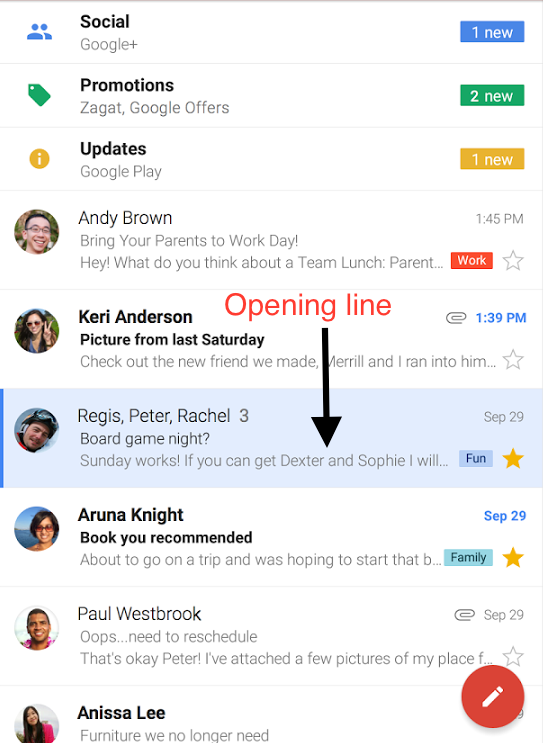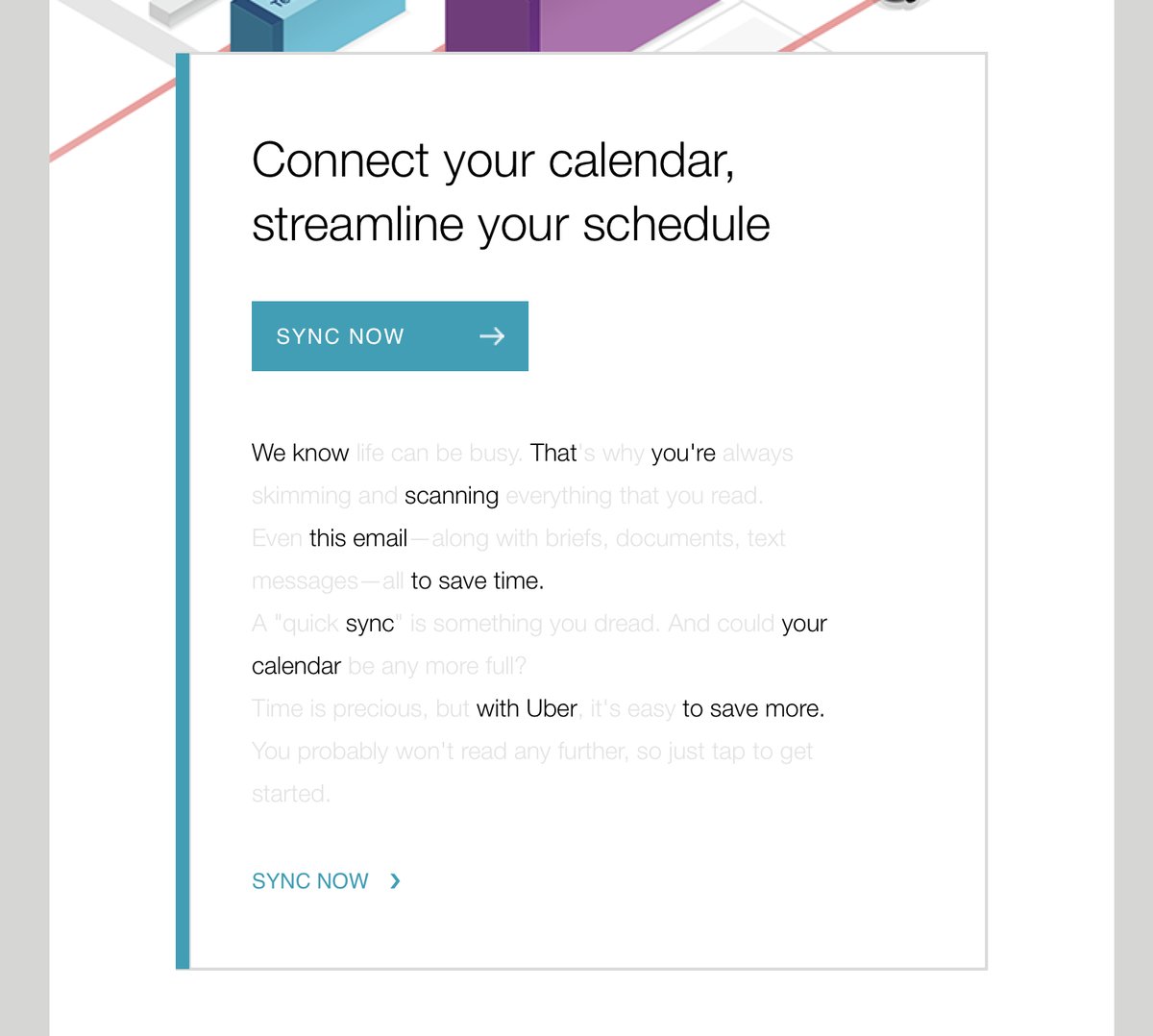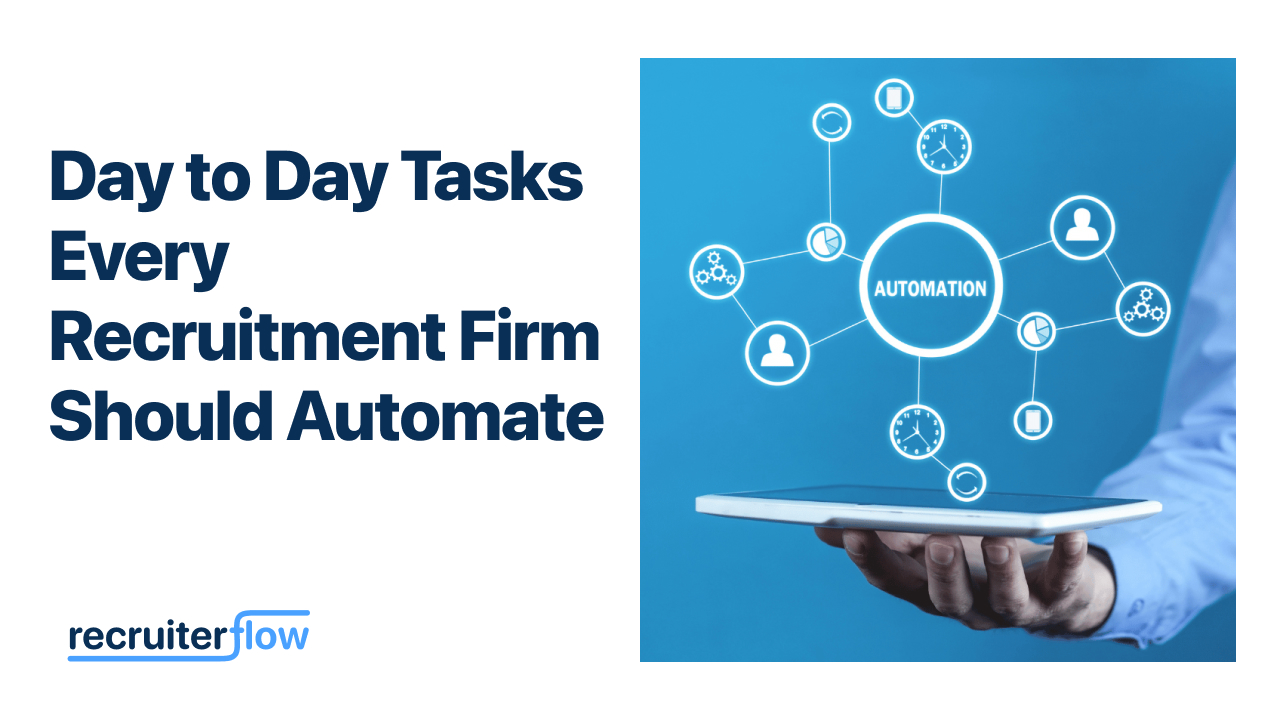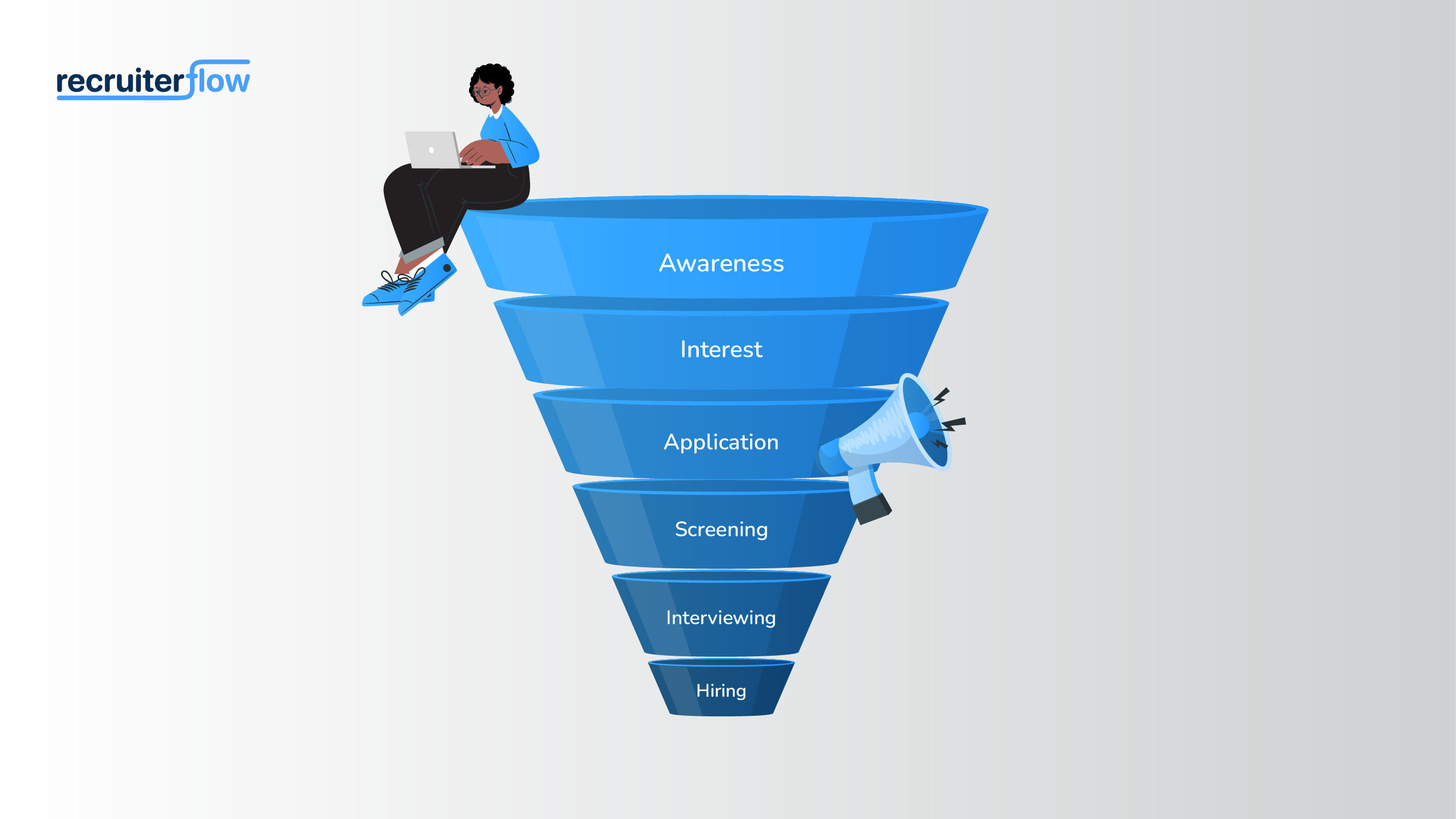
How to Write a Recruiting Email That Actually Works
To some recruiters, creating a recruitment email to source candidates may seem purposeless. However, despite the rise of social media and various new-age tools, emails are still the most widely used communication medium. More than 3.7 billion people use emails in 2017 and this number is expected to grow to 4.1 billion by the end of 2021). Lessons can be learned from marketing where emails are 40X more effective in acquiring new users as compared to channels like Facebook and Twitter. Emails are scalable, inexpensive and if used correctly can be a large source of candidates. Emails are not only useful for sourcing candidates but also for nurturing relationships and converting passive candidates.
Here are 6 components of an email:
The first three vis-a-vis from, subject, and opening line increase the open rate of an email. For those who don’t know what open rate is, don’t worry it’s not rocket science.
The next three, body, closing, and signature help you achieve your goal.
Also, check Factors that Affect Your Recruiting Email Outreach
Here is how you can create an effective recruiting email strategy to super-charge your recruitment process:
Always use your own email address to send emails
The ‘from’ field is the most important factor when it comes to opening an email, leading the subject line by double.
We all receive multiple emails in a day and never want to open an email from a generic or system-generated email address. However, an email written by an actual person gets way higher open rates. It gives your candidates a chance to connect with you as a person and not just be another person in a vast talent pool.
Also, check The Ultimate Guide to Drip Marketing for Recruiters
Write engaging subject
When it comes to opening an email, the subject line is the most important part after the ‘from’ address. It gives your readers a brief on what the email is about. The subject line can take different avatars depending on the goal of the campaign. The initial touch would have an exploratory subject line whereas updates about a position will have a targeted subject.
However, no matter which stage you are in, no one wants to read an email with a boring subject. On the other hand, if you sound like a used-car salesman, your email will probably land up in the trash. You need to make your subject interesting, and value-driven and try to address a challenge that your candidate might be facing. Generic subject lines like “We’ve got an opportunity” or “Openings at Acme Inc” have abysmally low open rates.
Another thing that you need to remember is that the Gmail iOS app only shows the first 36 characters of the email, so you have to make them count. In my personal experience, I have seen the name of the candidate or some of the recent achievements or updates increase the open rate. We have seen more than a 70% open rate in a lot of cases.
Your opening line is worth more than you think
Most modern-day browsers, including Chrome and Chrome alternatives, and even mobile apps display the first few characters of the email after the subject. You don’t need to open an email to get an idea about the email. Depending on the length of the subject and the viewport, the length of the opening line can vary from a few characters to a line. You need to attract your readers with these lines.
In my personal experience avoiding phrases like ‘My name is, ‘Hope you are doing great’ increases the open rate. Try replacing these introductions with something which your candidate might be interested in ‘Congratulations on completing’ or ‘I saw you also like’ etc. Always address candidates by their name and never use generic salutations like ‘Dear candidate’.
Writing the body
The body gives you a chance to make a connection with the candidate before you ask them to do a certain action. A good body helps you warm up the candidate and make them interested in your offering. Don’t oversell in the body instead focus on creating value.
The first step of personalizing the email begins with writing the candidate’s name in the email. However, writing it more than 2 times has a negative effect. The second level of personalization is achieved by knowing the candidate and mentioning the same in the body. You can mention things like:
- Current Company
- Skills
- Interests
- College they went to
- Projects and Certifications
Most of this is possible by doing some research before writing out the email or using a tool like Recruiterflow which extracts this data from the web and adds it to the email automatically.
You should always write short and sweet sentences. Try not to exceed 15 words in a sentence, the lesser the better.
More than 66% of emails are opened on a mobile device. You need to make sure your emails are readable on them. People tend to spend less time per email on mobile devices. For instance, 40 percent of iPhone users spent 3 seconds or less on each email. You need to be on point and not write more than 3 paragraphs. If the letter has an attached file, name it short and sweet so potential candidates understand what they deal with. People often struggle to find their downloads on iPhones, let alone open and read them. Explain why an attached file is important and make sure it doesn’t look spammy.
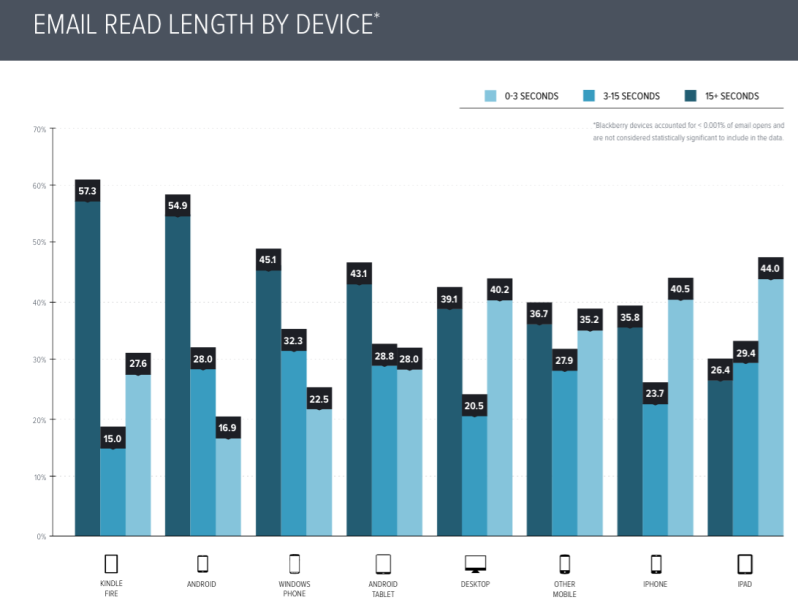
Uber knows this fact and used it to its benefit. When they launched the ‘Calendar Sync’ feature, this is how their mail looked like:
Try and ask personal questions in the email as it gives a feeling of face-to-face interaction. Hubspot lists some of these questions:
- Was this all your idea?
- Is [benefit to them] a priority for you right now?
- How, if at all, would you like to improve your strategy?
Your body is the gateway to your closing. Better make it count! You can even use an AI email generator to write better emails for you.
Also, check our 25 Recruiting Email Templates for Recruiters
Getting what you need with Closing
Many people believe closing should be hidden in the email. However, having a well-defined closing increases the chances of getting a reply by multiple times. The goal of each email is different and your body should transition smoothly into closing and help you achieve that goal.
Always have ONLY one closing as it helps prospects know the next step and them. Possible examples of closing can be:
- Follow-up call
- Coffee
- Just a reply
- Confirmation on availability
Signature
Do you have an image or a quote in your signature? Remove them today. They only look good to you, on the other hand, they distract the candidate from the closing. You should use subtle colors for the signature. Ideally, it should just include your name, phone number, and link to a social profile. It’s also a good idea to create a QR code linking to your social media or website and add it to your signature.
Bonus Tips
Using PS
Having a PS after your signature helps you add a secondary goal to your email. You can have things like your blog, link to a document, or alternative closing in the PS. A number of people read and follow the steps written in PS.
Time to send
According to Hubspot, Tuesday, Wednesday, and Monday are the best days to send an email.
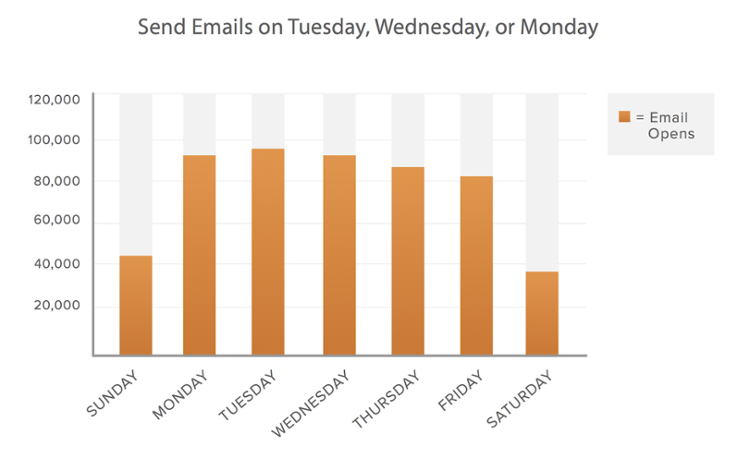
We analyzed our data and saw something similar. Most of the candidates also apply for a job on these days only.
Our data suggest that the best time to mail a prospect is either from 12 PM to 3 PM or from 5 PM to 8 PM. You can also email them later in the night but don’t mail them after 10 PM.

Segment your audience
Always segment your candidates based on their skills, job, education, interests, etc. It helps you write scalable targeted content for them. Recruiterflow offers deep insights which help you segment your candidates based on various parameters.
Conclusion
Creating and executing a recruiting email strategy should be an integral part of your recruitment. It’s easy to get distracted by the gamut of sourcing tools and social media platforms available out there. But remember email still works and has the highest ROI.
You should always run an A/B experiment with all the components in the email. Make sure all the data is captured accurately and used efficiently.
If you follow these guidelines both your open rates and reply rates will shoot up.
Use Recruiterflow to source candidates with super personalized drip email campaigns that convert 2.3X better.
Get Started for Free.
